50 Words or Less
The PING Blueprint S irons deliver the quintessential players cavity back experience with classic good looks, soft feel, and excellent shot control. Significantly more forgiving than the Blueprint T.
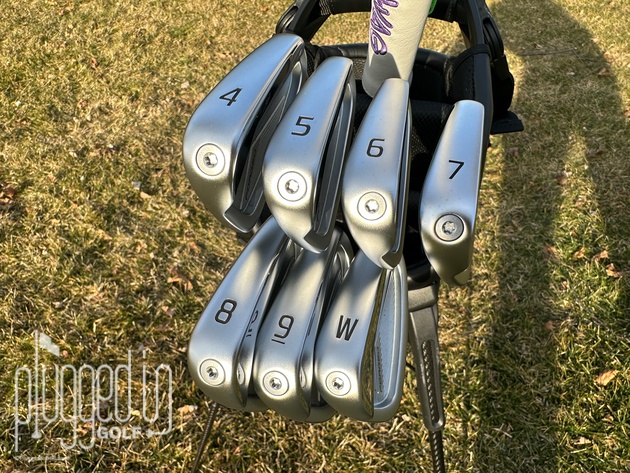
Introduction
Over the last couple years, one of the things that has become apparent to me is the value of the classic cavity back design (thanks, Karsten). While there’s certainly value in face technology, multi-material constructions, and hollow body designs, the simple idea of pushing weight to the perimeter makes a massive difference in the performance on mishits. Having tested the Blueprint T irons [review HERE], I was very eager to see if the cavity in the PING Blueprint S irons makes these irons accessible to a wide range of players.
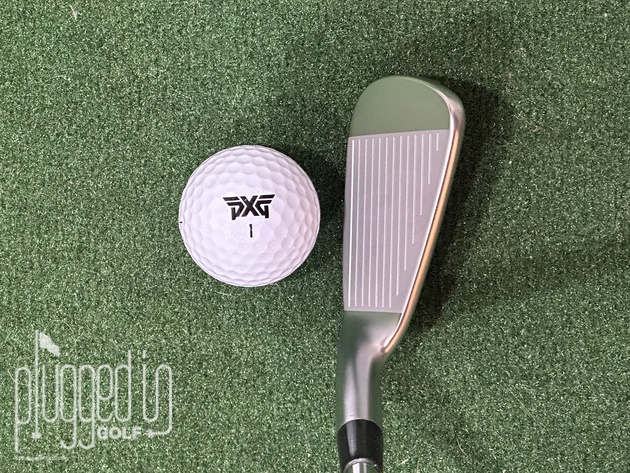
Looks
If you’re looking for a clean, players look at address, you’ll find it in the PING Blueprint S irons. These irons check every box: compact blade length, minimal offset, and thin top lines. The shaping of the toe and leading edge is a little softer than the Blueprint T for players who prefer a slightly more rounded appearance.
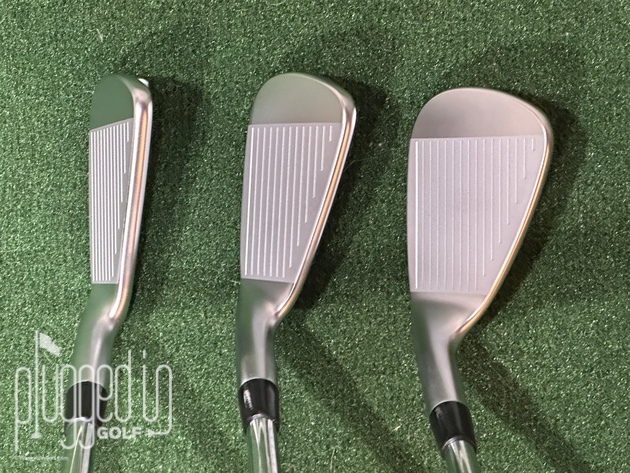
In the bag, the Blueprint S stands apart from its brother. Most obviously, there’s the cavity, but I’d also point to the ribbon of chrome finish near the sole. This is a design choice that I didn’t care for at first, but it’s grown on me. It’s the type of thing you might not register consciously at first because of the tasteful way that it’s executed. Branding is kept extremely minimal with a small “Blueprint S” near the heel and “PING” shifted to the hosel.
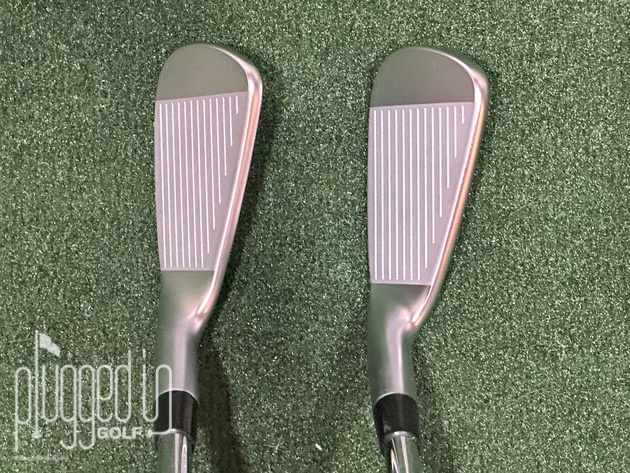
Above, you’ll see a comparison of the Blueprint T (left) and the Blueprint S (right). These irons are built for combo sets with specs that are nearly identical. The Blueprint S does have more offset in most of the irons, but the maximum difference is 0.03″ – a difference that I defy anyone to see with their naked eye. Additionally, the top lines and blade lengths are extremely similar. No matter where you blend your set, it will be a smooth transition.
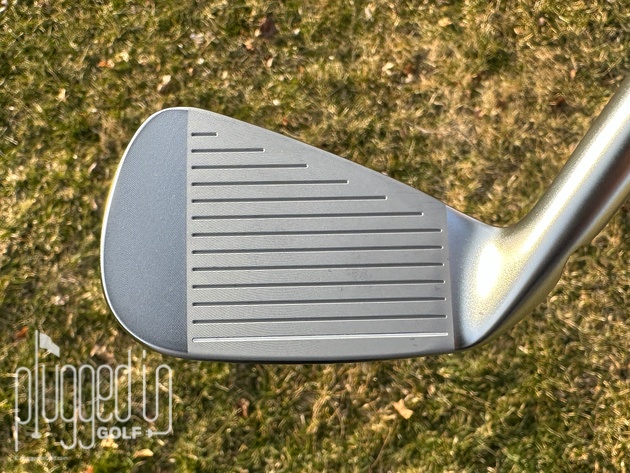
Sound & Feel
The theme of “traditional” carries forward into the sound and feel of the PING Blueprint S irons. On center, impact feels very soft and the sound is a quiet “thud.” They also deliver excellent feedback. Your hands will know exactly where the ball met the face, and the impact sound shifts toward a “clack” as you move away from center.
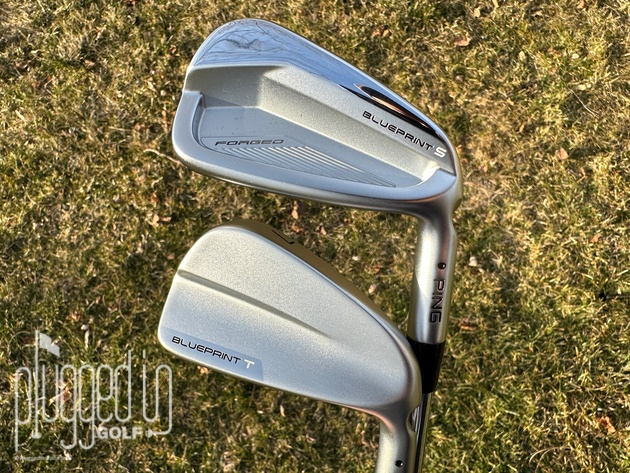
I found comparing the Blueprint S to the Blueprint T to be difficult. On center, I can’t be certain if the Blueprint T irons are a little softer or if that’s just the placebo effect of hitting blades. Either way, they’re much more similar than they are different. One thing that was clear was that the feedback on mishits was less stringent in the Blueprint S. I put in my notes that the Blueprint S delivers clear feedback but sands off some of the roughness.
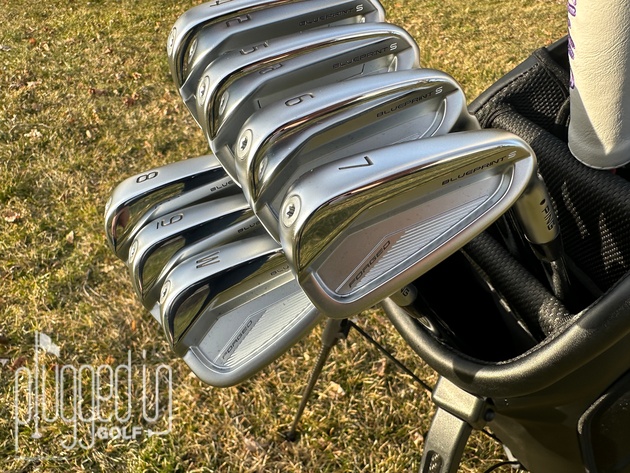
Performance
I’m going to discuss the performance of the PING Blueprint S irons in three ways: on their own, in comparison to the Blueprint T, and in comparison to other PING irons past and present.
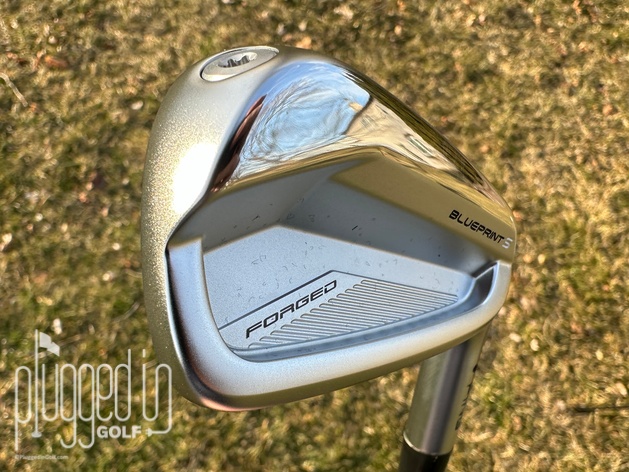
Taken on their own, the Blueprint S irons are a great players cavity back. With their relatively weak lofts, they have the traditional players iron performance that goes along with their look and feel. These irons are more concerned with control and stopping power than raw distance, though they do have excellent ball speed on center. They launch the ball in a controlled, medium window with spin that’s average for this style of iron.
Find more distance and forgiveness in the PING i530 irons HERE
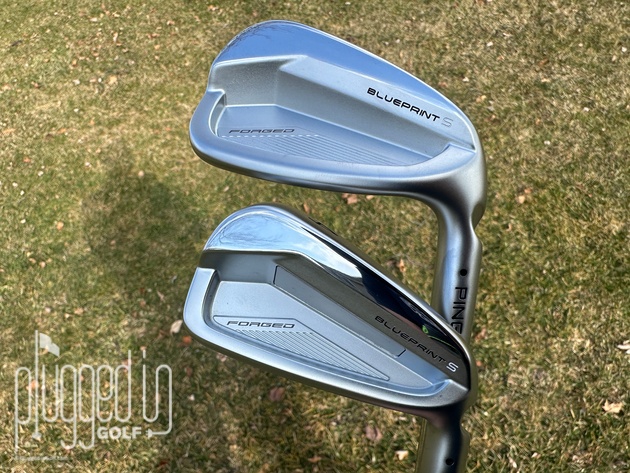
The most notable tech feature of the PING Blueprint S irons is the Precision-Pocket Forging in the 3, 4, and 5 irons (above, lower). This patented technique allows 10 grams of weight to be moved to the perimeter for higher MOI in the long irons where players need it most. The best compliment that I can give to this design is that I didn’t notice the transition from the 5I to the 6I. It’s not a night-and-day gap in forgiveness, but it offers a little extra help to keep your long approaches on target.
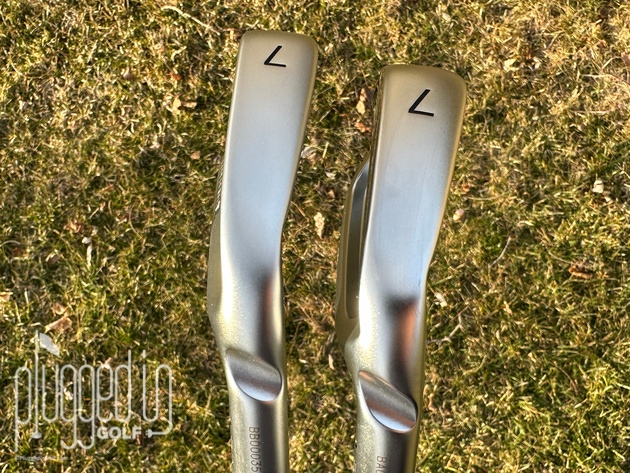
Talking about forgiveness is a good place to transition to the comparison with the Blueprint T. In my launch monitor testing, there was a clear improvement in consistency when I went from the Blueprint T to the Blueprint S. A mishit that cost me 8 yards with the T might only cost me 4 or 5 with the S. Additionally, the Blueprint S launched slightly higher with a little less spin. These were small but consistent differences for me, though other players may see different results. The landing angles were almost identical with both irons.
As you can see above, the PING Blueprint S irons do have a slightly wider sole than the Blueprint T, but it’s still well within the players category. I would certainly classify both as “thin.” Turning to shot control, I don’t feel like there’s anything that the Blueprint T can do that the Blueprint S can’t. Again, there is undeniably something magical about pure blades, but, with the possible exception of Tour-level ball strikers, I think the Blueprint S gives golfers all the ability they could want to shape shots and control trajectory.
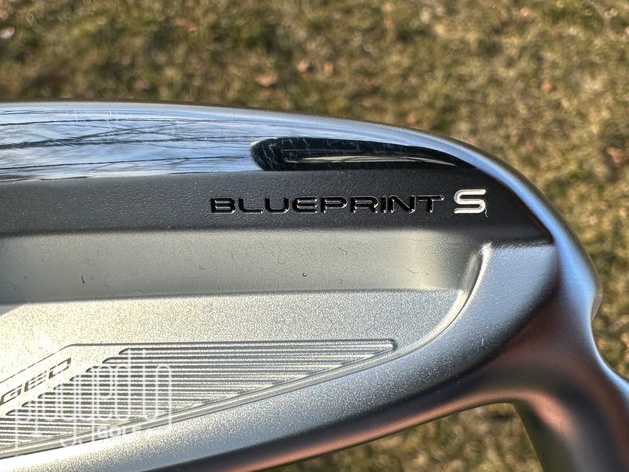
If you’re looking for the spiritual predecessor to the Blueprint S irons, I would point to the PING iBlade [review HERE]. Both are similar in that they give you the players look and shot control without severely penalizing every misstep.
Finally, while Tour players are building combo sets with the Blueprint T and Blueprint S, we mortals might want to look in the other direction. The PING i230 irons [review HERE] have the same loft specs as the Blueprint S but offer a meaningful bump in forgiveness (I don’t think there’s a more forgiving players iron). Playing the Blueprint S in your scoring irons and the i230 in your longer irons could be a perfect balance of what the mid to low handicapper wants and needs.
Conclusion
The PING Blueprint S irons are among the elite players cavity back irons. They have the traditional looks and feel that many skilled players prefer while offering a meaningful boost in forgiveness over blades. Whether you combine them with the Blueprint T, i230, or play them on their own, this is a set that you’ll be happy to have in the bag.
Visit PING HERE
Support Plugged In Golf, Buy HERE
PING Blueprint S Irons Price & Specs
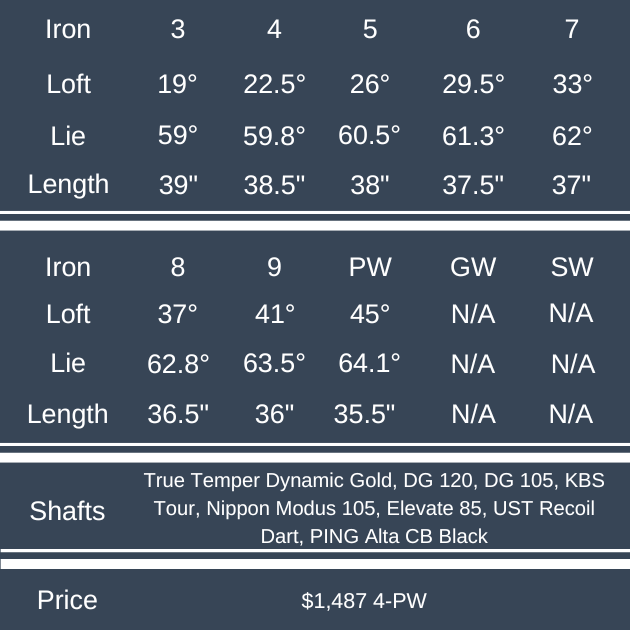
He founded Plugged In Golf in 2013 with the goal of helping all golfers play better and enjoy the game more.
Matt lives in the northwest suburbs of Chicago with his wife and two daughters.
- Performance Golf Click Stick Training Aid Review - October 18, 2024
- Callaway Opus Platinum Wedge Review - October 17, 2024
- When to Take a Break from Golf - October 15, 2024


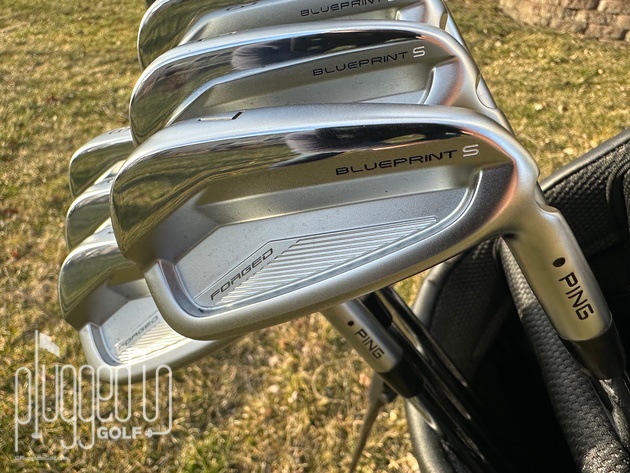
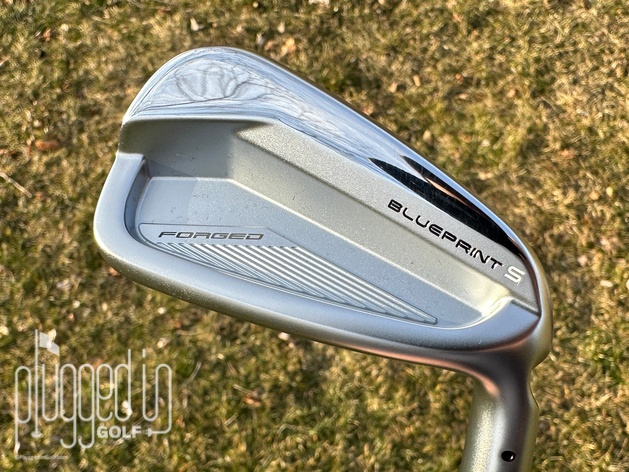
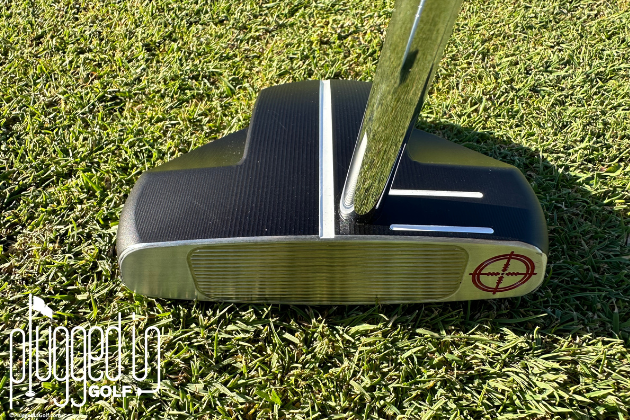
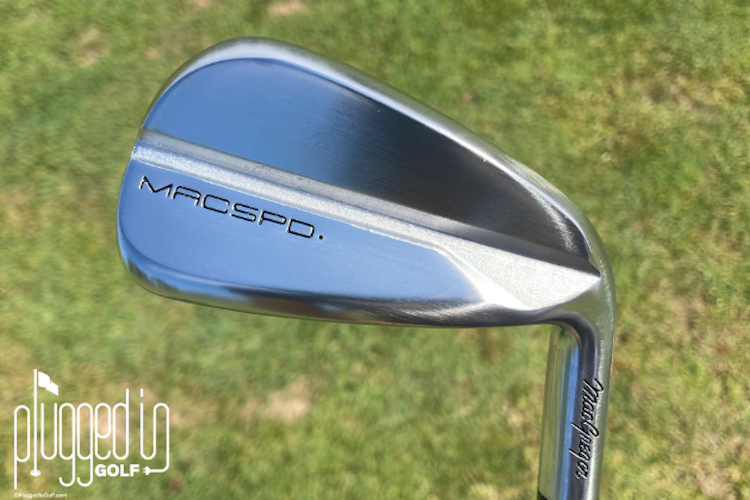
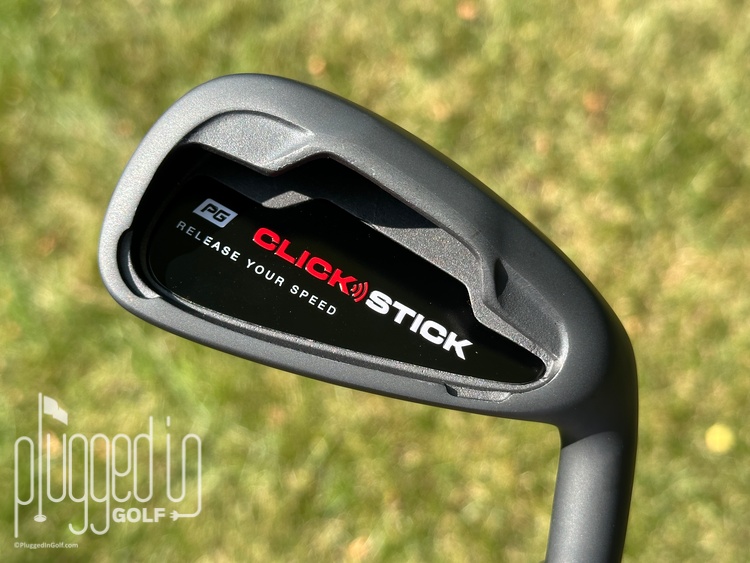









22 Comments
Matt – great review. What’s more forgiving – the Blueprint S or the PXG 0317 t?
Thanks
Zach,
The 0317 T.
Best,
Matt
Thanks Matt, this review was excellent and perfect timing for the golf season. And by extension would you say the Ping i230 is even more forgiving than the PXG 0317t?
Mark,
Those are two that I’d really like to run head to head. My *intuition* is that the i230 may have slightly higher MOI/better dispersion but the 0317 T might preserve ball speed a bit better.
Best,
Matt
I was looking forward to this review. Well done. I’ve hit these clubs in a fitting studio and the look and feel are very good. I’m glad you mentioned above the comparison of PXG 0317T which I currently game. I could barely tell difference in feel and look at address was pretty close to what I like. I have a pretty happy marriage going on with my 0317’s now so no need to change but I will say Ping has produced a very very nice club here. Nice read.
Hi friends, its fantastic post concerning educationand entirely
explained, keep it up all the time.
Hi Matt,
Very nice review. I finally did get the 317T. No bending. 95 gram shaft….It’s really a dream iron.
I have no longer any “iron envy” I think i’m getting married :)
Thanks!
Matt –
As always great review. Really appreciate the focus and dedication with you keeping up with these reviews! What did you like more the Blueprint S or the Srixon zx7 Mkii? I have both sets and having a really hard time picking which one will be my gamer… The blueprints have been surprisingly forgiving in the long irons. The ZX7 just has a little better feel. Would love to get your take!
Thank you!
Trenton,
I was less than impressed with the feel of the Mk II, especially after really loving the original, so I would opt for the Blueprint S. That said, there isn’t a bad choice between those two.
Best,
Matt
Matt – what is the difference between the blueprint s and i59? which iron felt better and performed better?
great review as usual
Ricky,
I have a full review of the i59 irons here: /ping-i59-irons-review/
Best,
Matt
Matt,
Awesome review, thank you. Based on your testing of both the Blueprint S and i230, would you have a recommended blending point between the two? Love the idea of the i230 long irons mixed in – wondering how many you might throw into the mix.
Joe
Joe,
It really depends on where you feel like you need more help. I think most people in the recommended handicap range would probably be good with the Blueprint S through the 7I.
Best,
Matt
Matt,
Nice review. Just curious, the two S looks different in your picture?
Thanks.
Joe
Joseph,
I’m not sure what you’re asking.
-Matt
Matt,
In Picture 10, two clubs look different, the bottom one has a line similar to an insert?
Joe
That’s the Precision Pocket Forging, which is explained directly below the image.
-Matt
The top one doesn’t have it?
Joe
Joseph,
Again, as is explained in the review, the Precision-Pocket Forgiving is only in the 3, 4, and 5 irons.
-Matt
How do you compare them to iblades for forgiveness?
Kyle,
They’re similar. Certain players may find one better at covering up a specific miss, but I think they’re comparable overall.
Best,
Matt
I just bought and played with the s irons…awesome club n that’s after playing mizuno and srixon z7s..I’m glad I broke the piggy bank for these.